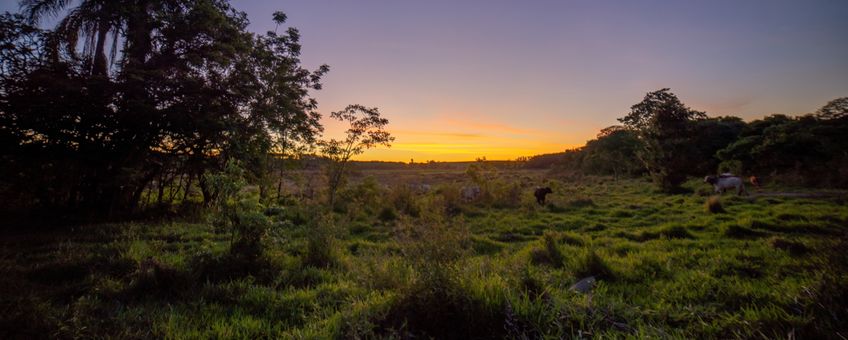
After twenty years, they can attain on average nearly eighty percent of the soil fertility, soil carbon storage, structure, and tree diversity of old-growth forests. The study concludes that natural regeneration is a low-cost, nature-based solution for climate change mitigation, biodiversity conservation, and ecosystem restoration.
Important for climate and biodiversity
The international team of tropical ecologists analysed how 12 forest attributes recover during the natural process of forest regeneration, and how their recovery is interrelated using 77 landscapes and over 2200 forest plots across tropical America and West Africa.

According to lead author, Professor Poorter from Wageningen University, the Netherlands, there are few old forests left. Poorter: “It is therefore essential to actively protect old-growth forests and stop further deforestation. But we also notice that tropical forests have the potential to regrow naturally in already deforested areas on abandoned lands.”
“These regrowing forests cover vast areas, and can contribute to local and global targets for ecosystem restoration. They provide global benefits for climate change mitigation and adaptation and biodiversity conservation, and many other services for local people, such as water, fuel, wood, and non-timber forest products”.
Forest traits
Regrowing, so-called secondary forests recover surprisingly fast. According to Poorter this indicates that there are large short-term benefits of natural tropical forest restoration. Yet, the speed of recovery differs strongly across forest attributes: Recovery to ninety percent of old-growth forest values is fastest for soil fertility (less than 10 years) and for plant functioning (less than 25 years), intermediate for structure and species diversity (25 to 60 years), and slowest for aboveground biomass and species composition (more than 120 years).”
Second author, Dylan Craven, from Universidad Mayor in Chile says: “We analysed how recovery of different forest attributes was interrelated. We found that maximum tree size, variation in forest structure, and tree species richness are robust indicators of recovery of multiple forest attributes. These three indicators are relatively easy to measure and can be used to monitor forest restoration. You can now already monitor tree size and variation over large areas and time scales, using remote sensing.”
Secondary tropical forests
Secondary forests are forests that regrow naturally after nearly complete removal of forest cover for anthropogenic use (usually for shifting cultivation, conventional cropping or cattle ranching). Currently over half of the world’s tropical forests are not old-growth, but naturally regenerating forests of which a large part is secondary forest. In tropical Latin America, secondary forests cover as much as 28 percent of the land area.
International goals
According to last author Bruno Hérault, from CIRAD, Ivory Coast, the local and global importance of secondary forests and their rapid recovery after twenty years show why the authors encourage adoption of (assisted) natural regeneration as a low-cost, nature-based solution to meet the international goals for ecosystem restoration, climate change mitigation and biodiversity restoration.
Hérault: “Yet, there is no silver bullet to restoration, and a mix of natural and active restoration may be needed. There is a whole gradient of solutions, ranging from natural regeneration, assisted natural regeneration, agroforestry, to plantations. The optimal solution depends on local site conditions, the local people, and their needs. By using such a mix of approaches we can create more natural, biodiverse, and resilient landscapes.”
More information
Text: Lourens Poorter, Wageningen University
Foto: Rens Brouwer
